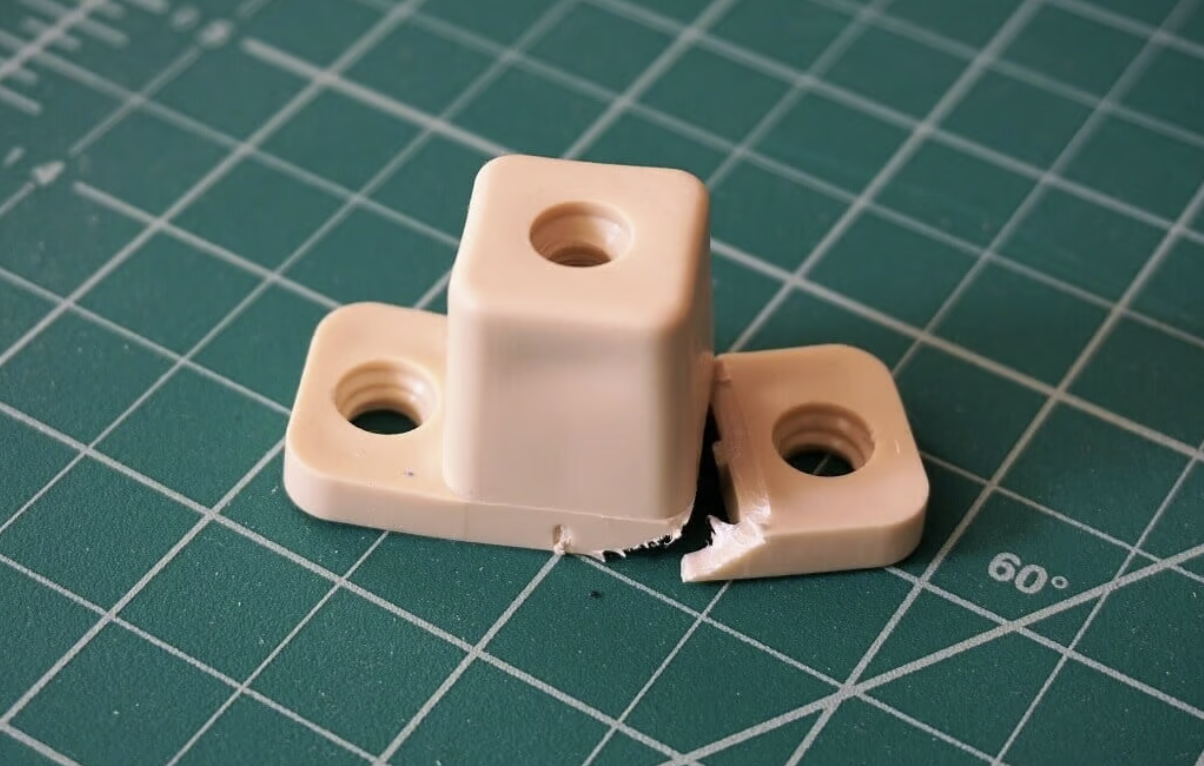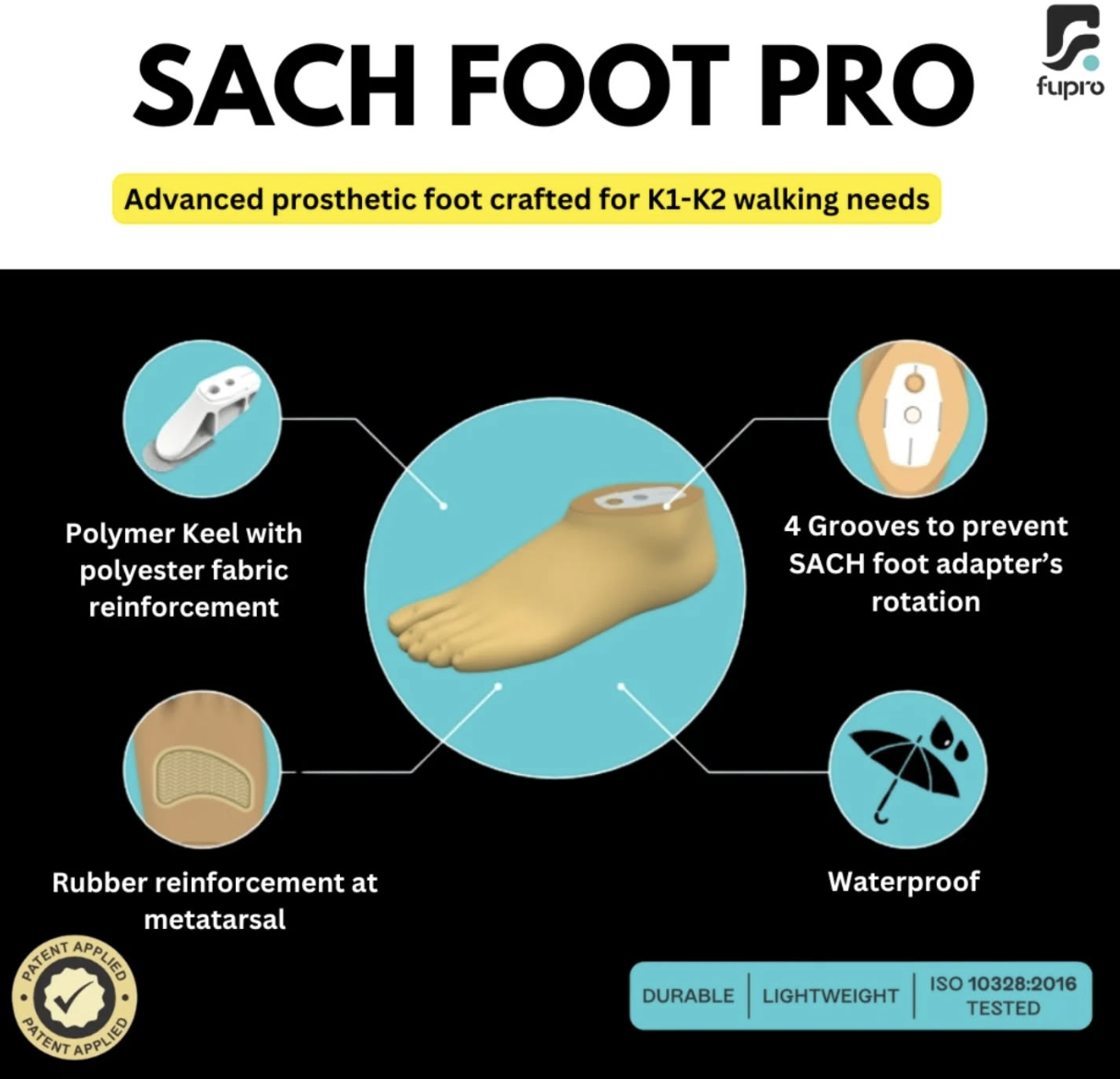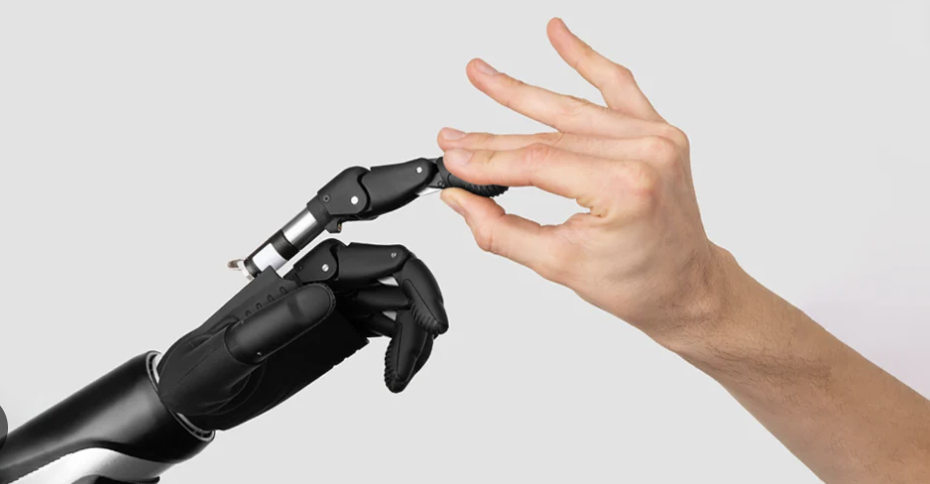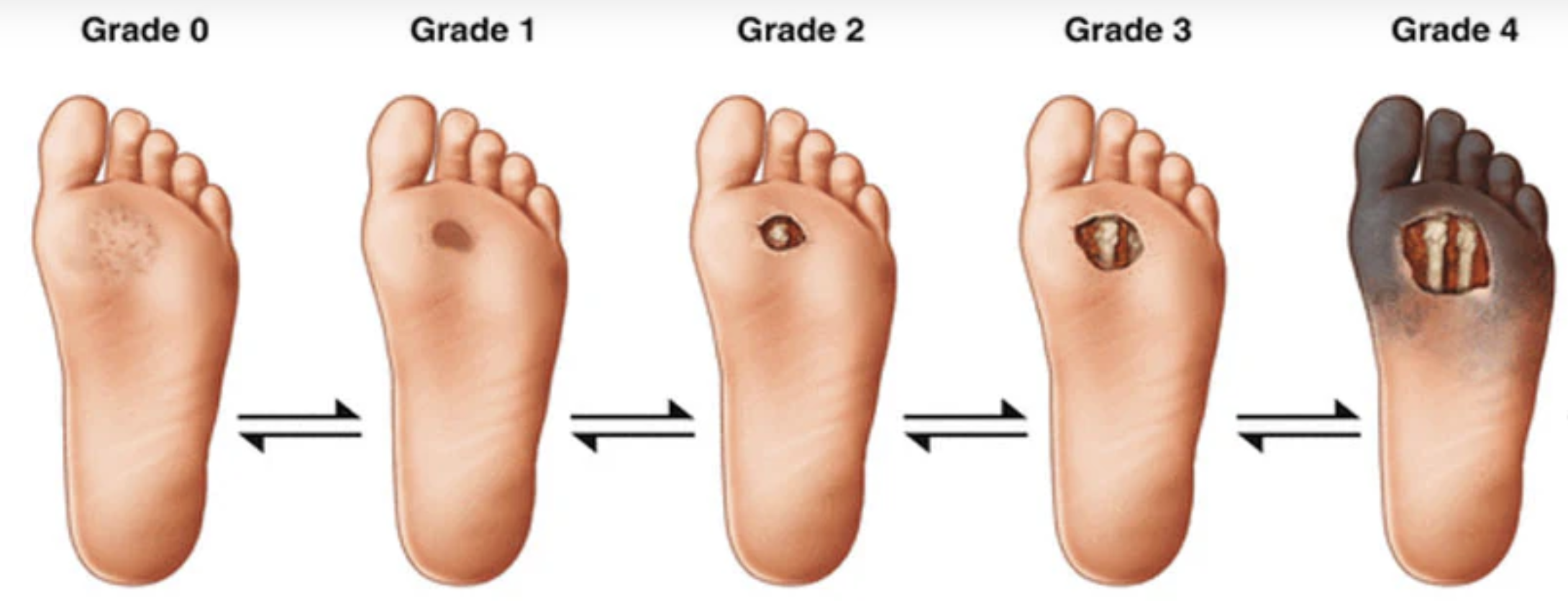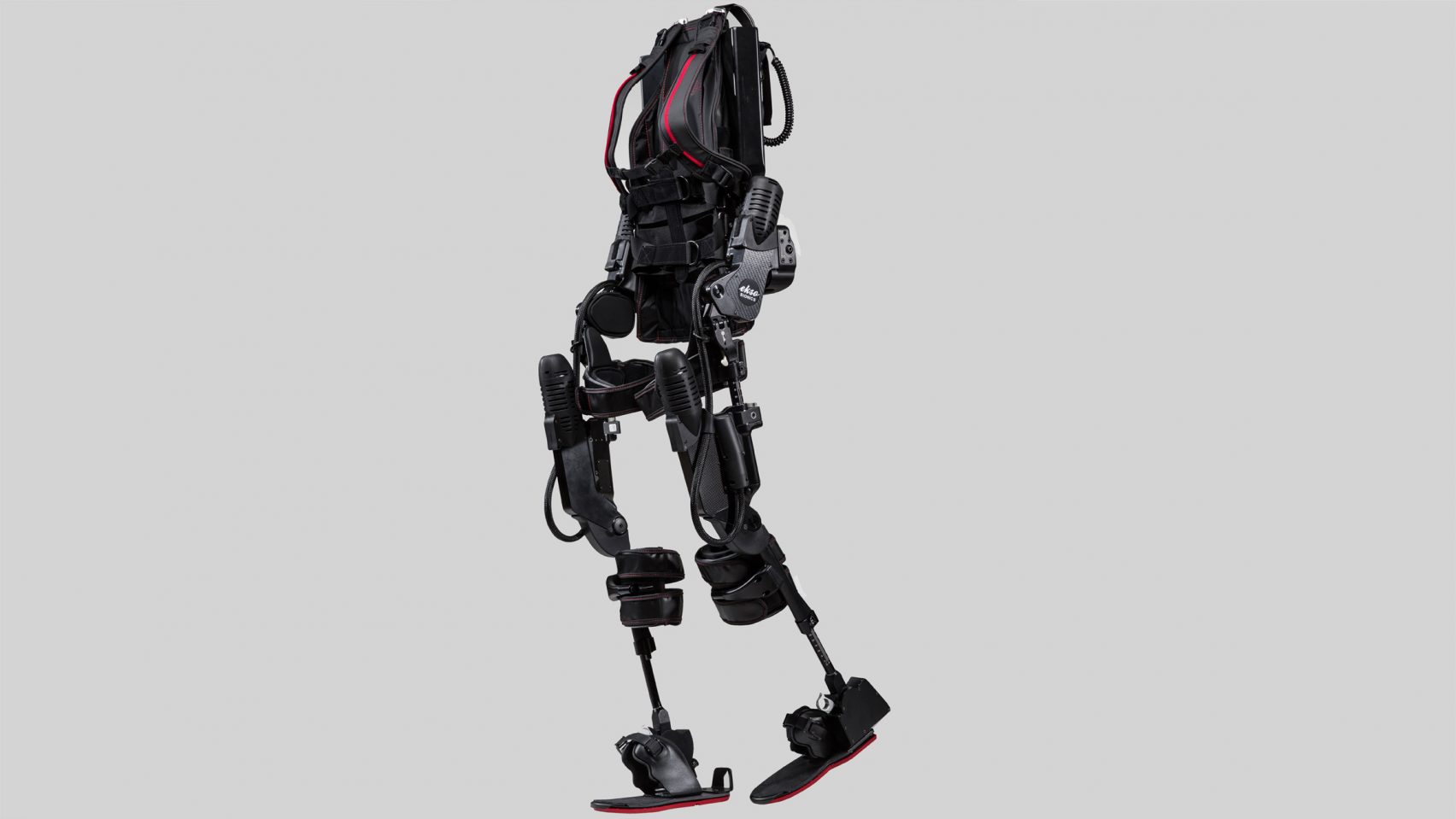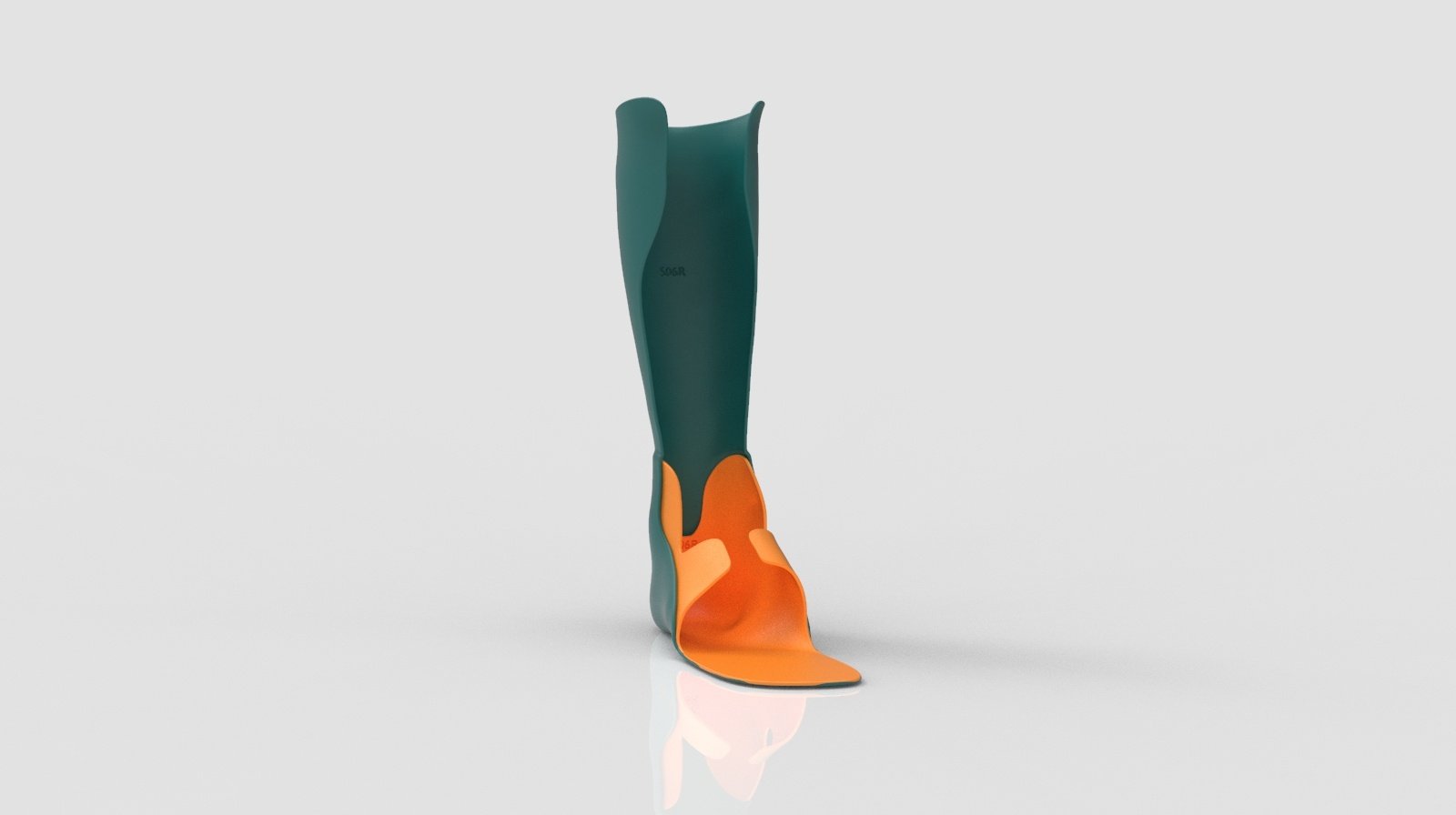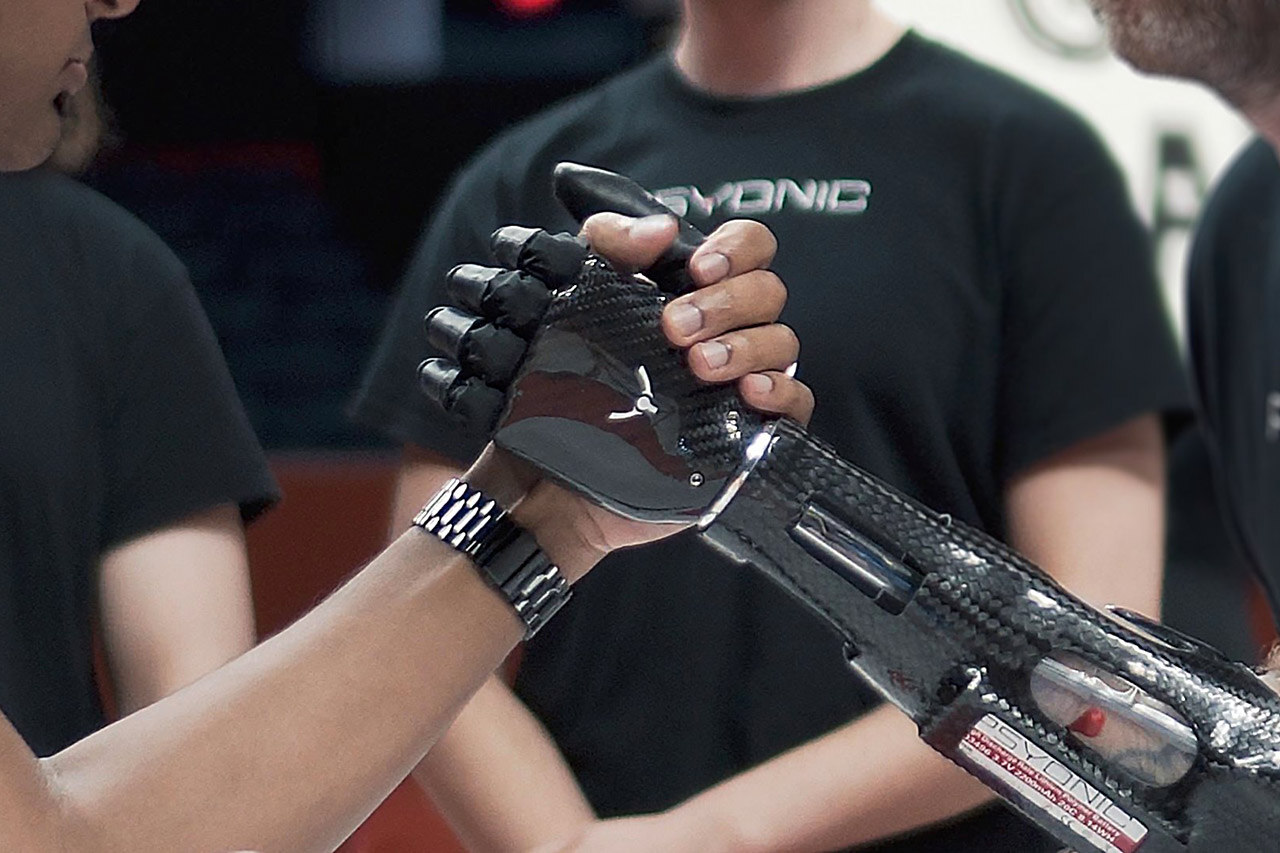When it comes to strong parts, one of the most important choices that can be made is the material. Although the process of course plays an important role, the material used is what determines many of the characteristics of the final component. But how do you know which one to choose? Which 3D printing materials are the strongest?
First, it is necessary to define what strength is. Although often confused with durability, the two are not exactly the same. Strength of materials, as defined by the Encyclopedia Britannica, is “the ability of a material to resist mechanical forces when in use.” This includes a number of factors such as resistance, deformation and cracking.

Airwolf3D conducts a tension test (photo credits: Airwolf3D)
There are many different ways to test strength, including hardness, impact resistance, compressive strength, yield strength, fatigue strength and flexural strength. However, one of the most used metrics for materials is tensile strength. This is the maximum load that a material can support without fracture when being stretched, i.e. how much load or pulling force it can take before it is either permanently stretched or broken.
That is what we will look at when determining the strength of different 3D printing materials, specifically looking at polymer filaments for fused deposition modeling as one of the more popular AM methods. Tensile strength will be expressed in both MPa (megapascal), which is the unit of pressure for the International System of Units (SI) and defined as one newton per square meter, and psi (pound per square inch), more commonly used in the United States. The following listing is organized based on whether the material falls into the standard, engineering or composite families.
Also important to keep in mind, some of the materials with the highest tensile strength are actually flexible materials like TPU. In this case, they were not included but arguably could be. Additionally, the mechanical properties of a part will not just depend on the material but also printing conditions such as machine used, parameters, environment. These numbers serve more as a guide for relative strength as compared between the materials, but more must be considered.
Standard Materials: Weaker but More Affordable
Generally speaking, standard materials are not the strongest 3D printing filaments as they have lower mechanical properties. This is not to say that there are not those that are stronger than others. Among standard materials, there are materials that while not comparable to engineering or high-performance polymers (HPP), still have deceptively high tensile strength.
Take PLA for instance. While often seen as one of the weaker filaments, especially considering its degradation in sunlight, PLA has a relatively high tensile strength, varying between 53 MPa to 59 MPa or averaging about 7800 – 8250 psi. Compare this to ABS, often considered strong, which has a tensile strength of 34 – 36 MPA or approximately 4600 psi.

Tensile strength for some common 3D printing materials, including ABS, PLA and PETG (photo credits: BCN3D)
What is not considered here however is flexural strength and durability, where ABS actually dominates. PLA is relatively brittle and has poor impact resistance along with poor heat resistance due to a glass transition temperature of around 60°C. Meanwhile, ABS is praised for its ductility and higher heat resistance, both of which make the material more suitable for more demanding parts.
In contrast, PETG can be considered the best of both worlds in many cases. The material has a tensile strength of 38 – 44 MPa (5511 – 6380 psi) and a relatively high flexural strength of 75-59 MPs, making it stronger in these senses than ABS but with lower tensile and flexural strength as compared to PLA. It is also easier to print with PETG as compared to ABS, similar to PLA, thanks to good flow and no significant internal stresses which could lead to excessive warping or layer delamination.
Engineering and High-Performance Materials: Some of the Strongest 3D Printing Filaments
Moving on from standard materials, engineering materials, designed to be more robust and used in even industrial applications, are where we see the strongest 3D printing filaments. There are also ‘high-performance polymers’ (HPP) that are a step above, notable for their incredible properties and ability to replace metal, in some cases. Let’s take a look at some of those with the strongest tensile strengths below:
Polycarbonate
Among engineering filaments, polycarbonate (PC) is considered one of the strongest. This is thanks to a very high tensile strength as well as high impact and heat resistance. In terms of properties, the tensile strength is typically around 60-70 MPa or about 7,250 psi. How does this translate? Well in a test by Airwolf3D out of California, engineers found that a polycarbonate hook was able to lift 285 lbs. However, while it is extremely strong, it has other drawbacks. Namely it can be challenging to print due to high printing temperatures and tendency to warp.

A part made using FDM 3D printing and PC (photo credits: MatterHackers)
Nylon
Nylon, or polyamide, is also praised for its strength, although this differs depending on which material is used, based on the number of carbon chains present. In 3D printing, PA6, PA11 and PA12 are all used, with the latter two often seen with SLS. PA6 is commonly used with filaments, though both PA11 and PA12 are also available including as composites.
All three polyamides offer high-impact resistance and are tough and semi-flexible. Out of them, however, PA6 is the most valued for applications that need high mechanical strength with a tensile strength falling between 50 – 90 MPa or 7250 – 13,100 psi. This varies of course, but Ensinger Plastics notes that PA6 has a tensile strength at break of around 79 MPa, while PA11 is around 52 MPa and PA12 is around 53 MPa.
Still, all would be considered thanks to with great impact-, wear- and thermal-resistance. If we want to focus on polyamides other than PA6, PA12 can be considered more of an ‘all-rounder’ material combining the best of the other two while PA11 is praised for flexibility. Both are also easier to print.
PEEK
Polyether ether ketone (PEEK) belongs to the category of “high-performance” polymers, exceptional for their superior characteristics and strength, so much so that they are even compared to metal, in some cases. In terms of tensile strength, PEEK’s is significantly higher than even engineering polymers, usually around 90 to 100 MPa (13053 – 14504 psi), although it can go up to 110 MPa (15954 psi) in filament form thus outperforming some non-ferrous alloys.
In addition to excellent mechanical resistance properties, including tensile elongation and flexural strength as well as high hardness and resilience against impact, the material has superior chemical resistance properties. Together, these make the material not just strong but also ideal for applications in some of the most demanding industries, such as aerospace, automotive, oil and gas and medical.

PEEK filament (photo credits: 3D4Makers)
PEKK
Another HPP commonly found in industrial 3D printing applications is PEKK. Belonging to the same PAEK family as PEEK, PEKK, or Polyetherketoneketone, differs from the other in many ways, but strength is not one of them. PEKK has exceptional mechanical properties including high tensile strength. One filament from Lynxter has a tensile strength of 105 MPa (15229 psi) and a flexural strength of 95 MPa (13778 psi), similar to PEEK. However, where PEKK shines as compared to PEEK is its better layer adhesion due to a lower crystallization rate. This in turn allows for higher tensile strengths in each axis as compared to PEEK. Similar to PEEK, it also has high chemical- and heat-resistance as well as superior flexural strength.
Ultem
Rounding out the HPP category, we have PEI, commonly referred to by the brand name Ultem. This filament continues the trend for high tensile strength, although this depends on the one used. ULTEM 9085 is superior for high strength, with a tensile strength of around 70 MPa (10153 psi), but which like PEKK and PEEK can go up to 110 MPa depending on the filament. Ultem also has incredible thermal resistance, reaching up to 180°C, along with high impact resistance and strength-to-weight ratio. Along with the other two high-performance polymers in the list, the downside is that it is more difficult to print and also prohibitively expensive except in more industrial applications.
Composites: Bringing Strength to all Materials
Composites are not a single material and are rather a category wherein two or more materials are combined to take advantage of benefits of both. This includes greater strength along with stiffness, heat resistance and durability. There are many different composite filaments present on the market today, including some of the more unique materials such as wood, but when it comes to strength there are three that truly stand out when added to a polymer matrix. In the end, these can be some of the strongest 3D printing filament materials, although due to the increased anisotropy, already present in FDM 3D printing, with placement of the composite fibers, it can sharply differ between the x-, y- and z-axes.
Carbon Fiber (CF)
Carbon fiber is both the strongest and most expensive of the three different composite fibers and is often the one that we see in 3D printing. Like glass fiber, here the range of tensile strength can be quite large because it depends not just on the carbon fiber, but also its placement, density and also the polymer matrix material. However, some sources find that carbon fiber by itself can have a tensile strength of about 4137 MPa or 600,000 psi. This will not all be transferred in the composite filament, but it is regularly found that the strength of a material will be increased by around 40% through the addition of carbon fiber.

3D printer parts made with carbon fiber composites (photo credits: Anisoprint)
Glass Fiber (GF)
Glass fiber, also commonly referred to as fiberglass, is one of the composite fibers often used in FDM 3D printing. Like the two others, glass fiber helps to enhance a part’s mechanical properties and is especially noted for its flexibility and damage resistance. That being said, glass fiber is not as “strong” as carbon fiber. By itself, glass fiber has a tensile strength around 3450 MPa (500380 psi), although the impact this has on the filament itself will differ depending on different characteristics of the material.
Kevlar (Aramid)
Kevlar, meanwhile, most famous for its bullet-stopping properties, again comes somewhere in the middle. With a tensile strength that is between glass and carbon fibers and a lower density than both Kevlar aramid can be useful when weight, strength and stiffness and damage-, fatigue- and stress-rupture-resistance are important. However, it is the weakest among the three composite fibers, with aramid by itself having a tensile strength of around 2757 MPa (399869 psi), lower than both carbon fiber and glass fiber.
What do you think is the strongest 3D printing filament? Let us know in a comment below or on our LinkedIn, Facebook, and Twitter pages! Don’t forget to sign up for our free weekly Newsletter here, the latest 3D printing news straight to your inbox! You can also find all our videos on our YouTube channel.
